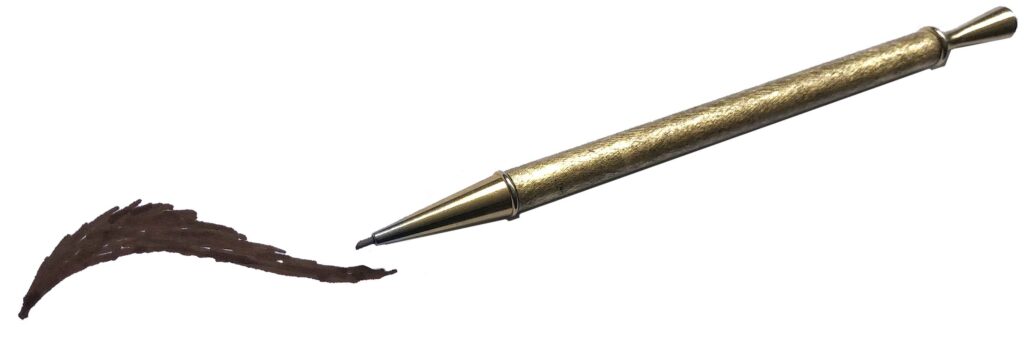
Dorri Partain
Contributor
From the ancient Egyptians to the movie stars of the silver screen, eyebrows have been shaded, plucked, and elongated as styles changed through the centuries.
Using carbon and black oxide, Egyptians paid homage to their god Horus, darkening their eyebrows and joining them as one long brow. During the middle ages, the focus was on the forehead, with eyebrows being plucked until they disappeared.
During Victorian times, those that wanted to enhance their thin eyebrows would adhere fake eyebrows fashioned from the pelts of mice.
The rise of the film industry at the turn of the Twentieth Century played the biggest part in the development of eye-enhancing cosmetics. Makeup that was suitable for stage actors had the opposite effect on film, making actors look almost ghoulish.
Maksymilian Fabrowicz, Sr. (1872-1938) immigrated from Razan, Russia in 1914 to work in the film industry, with years of experience at his store there that sold his hair and beauty products. With the Americanized name of Max Factor, by 1916 he had created eye shadows and pencils for use in the film industry, and made them available to the public as “Society Made- Up” in 1920.
Early film stars such as Clara Bow and Theda Bara made shaved and dark-shaded eyebrows all the rage for women that wanted to duplicate the look. By the 1930’s, stars such as Jean Harlow and Greta Garbo championed a lighter look with thin brows that curved up, but a decade later the look had returned to a more natural brow, owing to the sensibilities of a nation at war.
Following Factor Sr’s death in 1938, his son Frank changed his name to Max Factor, Jr. to continue the name associated with a burgeoning line of cosmetic products, many of which were firsts in the industry with a total of 78 patents.
Products were produced with attractive packaging that would be stylish, from compacts, lipstick tubes, even the “fine line automatic eye pencil” shown above featured a brushed gold-tone finish. Styled to operate like a retractable pencil, refills of differing shades of “crayons” could be purchased; black, brownish-black, medium brown, light brown, and gray.
After disappearing from store shelves, the Max Factor line returned in 2018, after its purchase by Coty. Factor’s former studio now houses the Max Factor Museum at 1666 N. Highland in Hollywood, Ca.
















